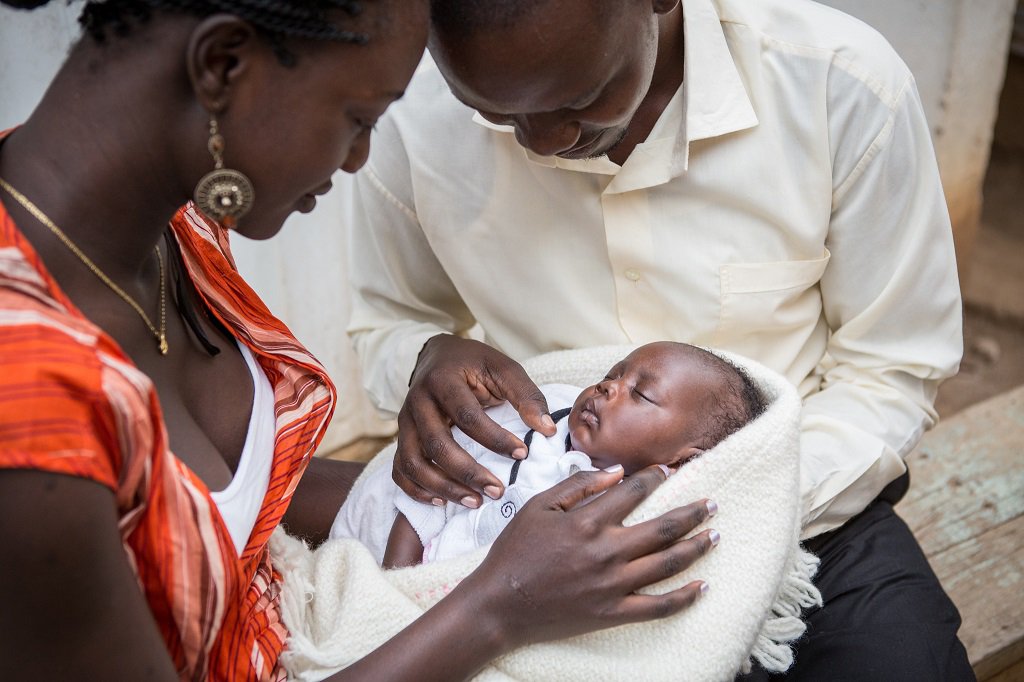This post originally appeared on the Georgetown Journal of International Affairs website.
How can we reduce maternal and child mortality by more than a quarter in the global south? The answer is simple: invest in family planning.
If women wait 36 months to conceive after birth, 26 percent of under-five deaths can be averted. If these same women only give birth between the ages of 18 and 35 and have no more than three children, child mortality can be reduced by 30 percent. The impact of family planning (FP) on maternal lives has proven even greater: in only one year, FP reduced maternal deaths by 44 percent globally.
Despite the health benefits associated with FP, 225 million women who wish to delay or prevent pregnancy globally still do not use contraceptives. Worldwide, 16 million women between the ages of 15 and 19 give birth each year, and those who marry before the age of 16 disproportionately suffer the consequences of motherhood. Some of these consequences are physical and include increases in preterm birth, low birth weight, and perinatal and neonatal mortality in births by young mothers. Other external ripple effects that adversely impact the well-being of young mothers include decreased educational and economic prospects.
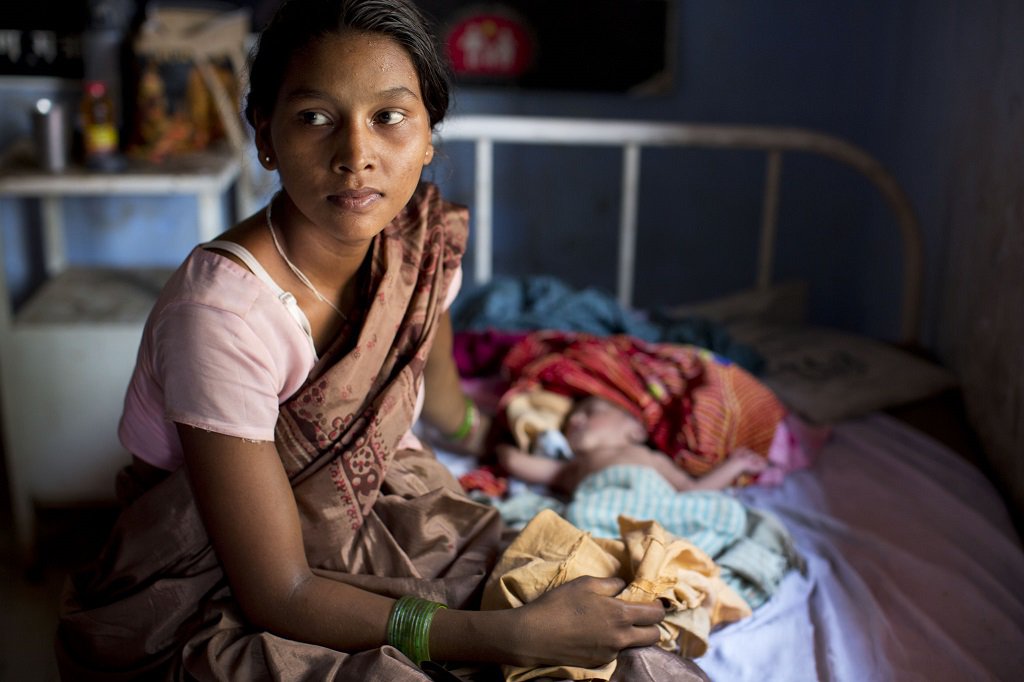
Greater access to FP resources and education are vital to achieving the maternal health and child survival targets outlined in the United Nations (UN) Sustainable Development Goals (SDGs). Increasing FP uptake is integral to meeting the SDGs, and will require participation by communities, health practitioners, and the international community alike.
However, knowing what works is not enough. An essential question remains: Why is it so difficult to reach the 225 million women in developing countries who would like to space or limit their next birth?
At the core of this stalled progress is inequity and an inability to reach those most in need of FP with high-quality services, including the provision of counseling and contraception to women and couples. Countries can only achieve their goals by expanding their reach to critical segments of the population—such as adolescents and postpartum women—and attaining effective coverage for high-impact approaches.
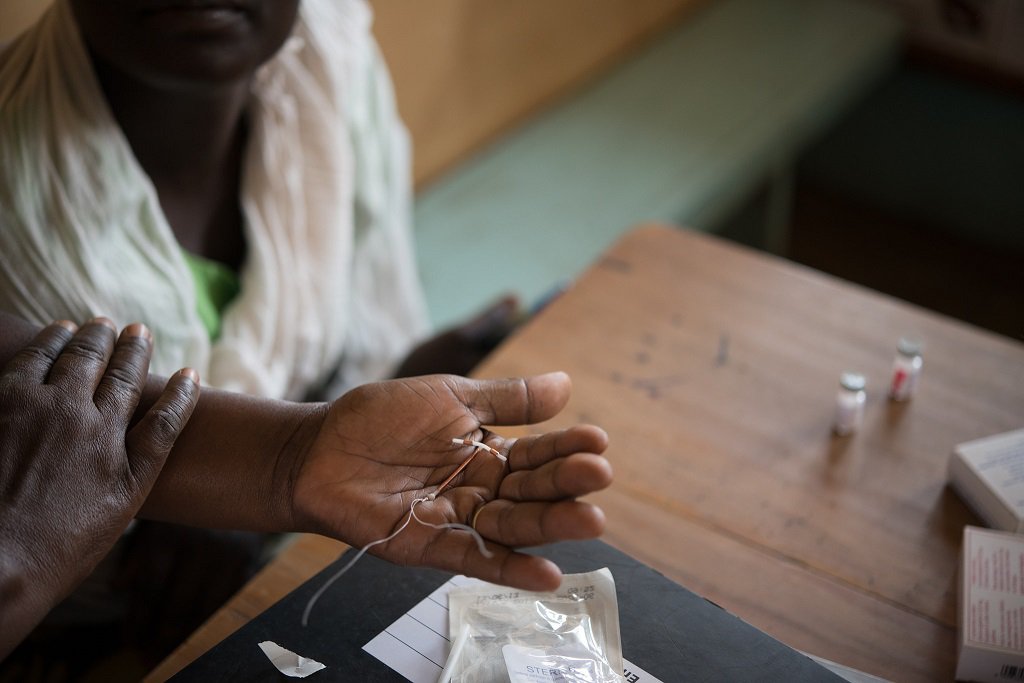
According to USAID’s flagship Maternal and Child Survival Program (MCSP), to “reach the unreachable,” postpartum family planning (PPFP) initiatives are integral to incorporate into national health systems. Scaling up efforts, however, requires the ability to deliver low-cost, evidence-based interventions to every doorstep, and to give women easy access to contraceptive services wherever opportunity arises.
The ideal time to comprehensively address women’s and children’s health needs is in the years before and after childbirth, when mothers engage most frequently with the health system. Reaching women with PPFP during the year following a child’s birth—a time when mothers’ needs are often underestimated—is essential for the health of the entire family due to the strong link between a mother’s survival and the health and well-being of her children. Therefore, it is necessary to employ a number of strategies in the postpartum period, including antenatal and postnatal care; day of birth initiatives; immunization; and maternal, infant, and young child nutrition. As essential pregnancy and infant services are delivered, new mothers and caregivers should also explore modern contraceptive methods before fertility resumes.
As more programs aimed at early marriage and special counseling for adolescents are implemented across Asia and Africa, stakeholders in the global health community—including government agencies, nongovernmental organizations (NGOs), private sector, and multilaterals—are realizing that the needs of young and first-time parents are unique. Both women who give birth before the age of 18 and their children experience adverse health outcomes and are subject to high rates of mortality. Many teens give birth too soon because of early marriage; gender inequities, which decrease women’s autonomy regarding sexual activity, the number and timing of pregnancies, and choice of contraceptive method; and lack of access to reproductive health services. In the developing world, where 23 million adolescents are at risk of unintended pregnancy, health providers often will not discuss (let alone provide) contraceptives to teenagers without a parent’s permission.
The global health community can prevent rapid, repeat pregnancies common among girls younger than 20. With most of these births happening in low- and middle-income settings, reaching young mothers with FP counseling and services is critical to the physical and economic health of future generations. Fortunately, modest investments can yield dramatic returns with this population. For just $21 per user per year, it is possible to provide high-quality contraceptive services to sexually active women between the ages of 15 and 19 who wish to avoid pregnancy. Meeting their contraceptive needs would avert 2.1 million unplanned births, 3.2 million abortions, and 5,600 maternal deaths annually in developing regions globally.
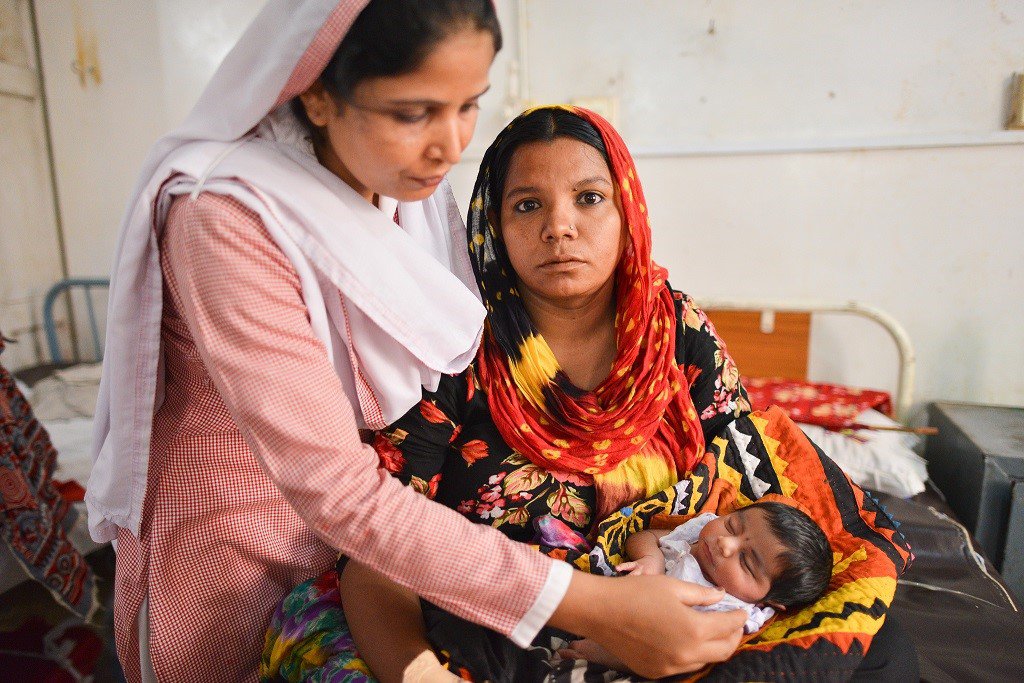
In order to empower women and girls, MCSP develops FP interventions to better serve adolescent and first-time parents and equips providers to serve the women in their care. The program emphasizes mainstreaming youth-friendly services within family planning units, antenatal care, and maternity services, as well as on promoting healthy spacing of pregnancies and PPFP. MCSP also includes the use of highly effective, long-acting, and reversible contraception; gender-equitable FP decision-making; and breastfeeding support and infant care.
MCSP works with health ministries and NGOs to ensure that all women with an unmet need—irrespective of age, wealth, or location—receive a contraceptive method of their choice. Outreach begins early in the postpartum period (including on the day of birth), to ensure that FP is available to every woman after pregnancy. Guaranteeing linkages from antenatal care to care at the time of delivery enables birth providers to be aware of assessment results carried out during pregnancy. Providers should also know if a woman has made a decision to adopt a contraceptive method at the time of birth and be trained to offer that method.
In India, a center of excellence for PPFP and postpartum IUD insertion (PPIUD) was established in three large hospitals in 2010. Today, there are 2.9 million acceptors of PPIUD countrywide, and expulsion rates are very low. In Rwanda, MCSP began working at scale in four districts in 2016. In the third quarter of the year, 80 percent of more than 8,600 women delivering in 46 health facilities received counseling on PPFP, and 37 percent adopted a method before discharge from maternity. For 13 percent of women, that method was an implant or an IUD.
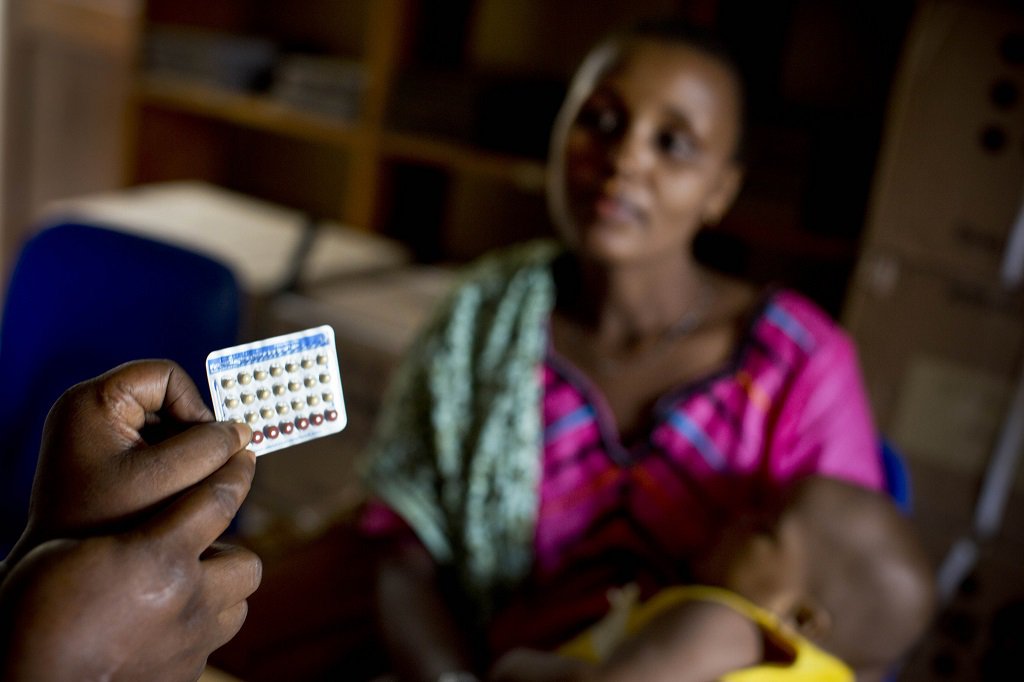
Global momentum for FP continues to grow. Movements like Every Woman Every Child, the Global Financing Facility, and Family Planning 2020 (FP 2020) work on the premise that “the health of women and children is the cornerstone of public health.” Owing to greater awareness surrounding the utility of FP practices, donors, countries, and global projects like FP 2020 have expanded related programs and services.
Following the June 2015 Accelerating Access to PPFP meeting in Thailand, which included 173 participants, 16 countries in the Global South implemented programs to ensure that every woman is offered the means needed to prevent an unintended pregnancy in the two years after a birth. Global and country participants reconvened at the International Conference for Family Planning in Indonesia in January 2016 to underscore the success of FP goals being translated into action at the country level. Country participants discussed their specific plans to guarantee access to contraceptive and family planning methods in the two years after a birth.
Over the next year, more than 130 million births will take place in low- and middle-income countries, making it imperative to scale up PPFP by using existing platforms more effectively and applying new World Health Organization (WHO) medical eligibility criteria to expand method choice.
To learn more about PPFP and do your part to ensure there are no missed opportunities, please visit the MCSP website, download the PPFP Toolkit, sign the Statement for Collective Action for PPFP, and register for the Community of Practice.
